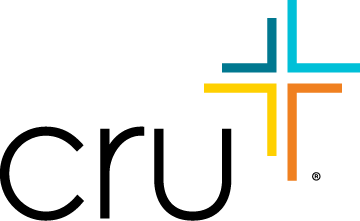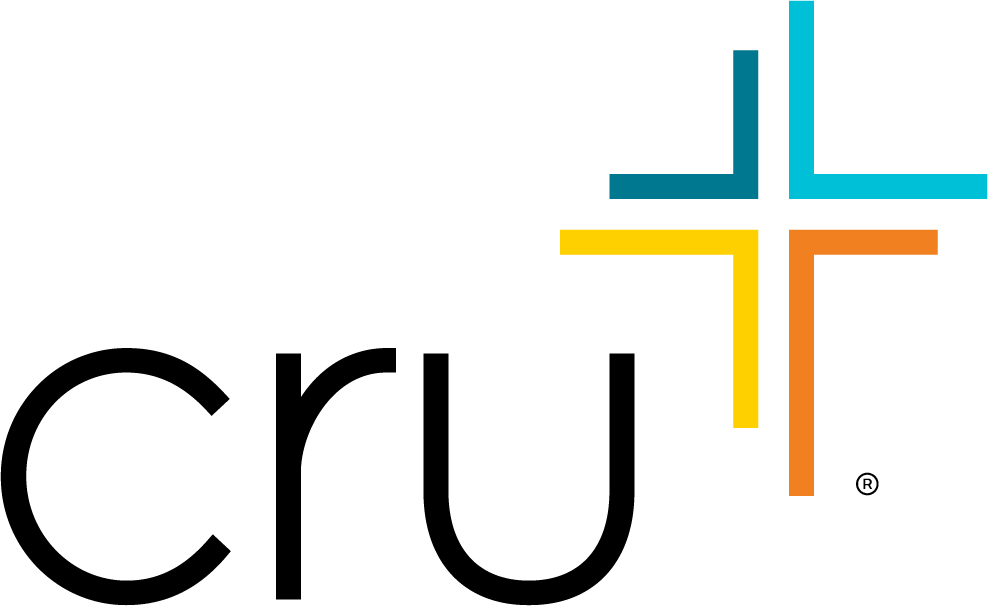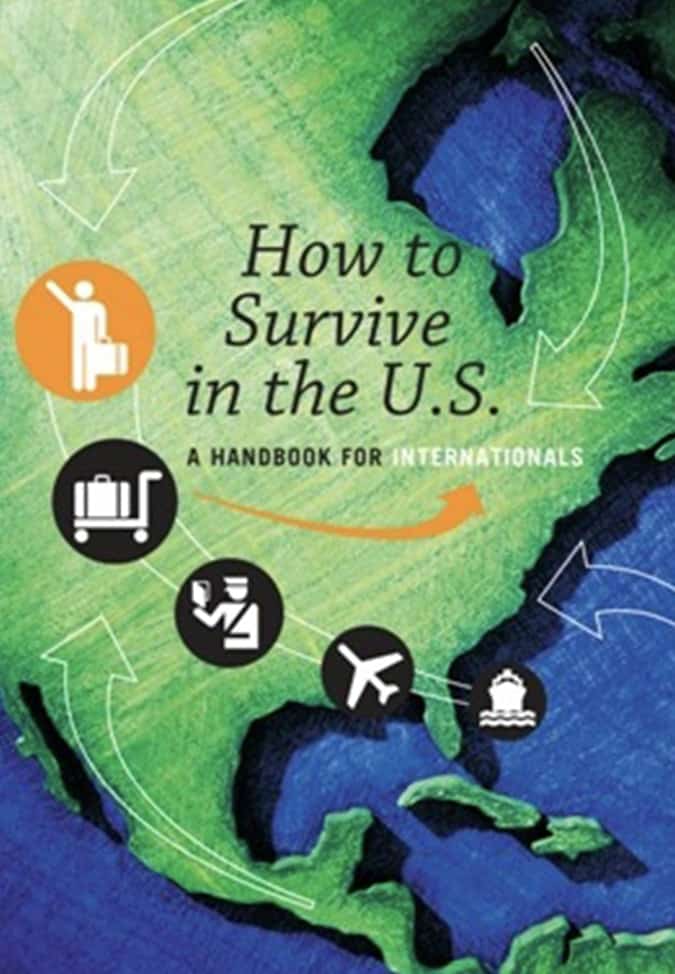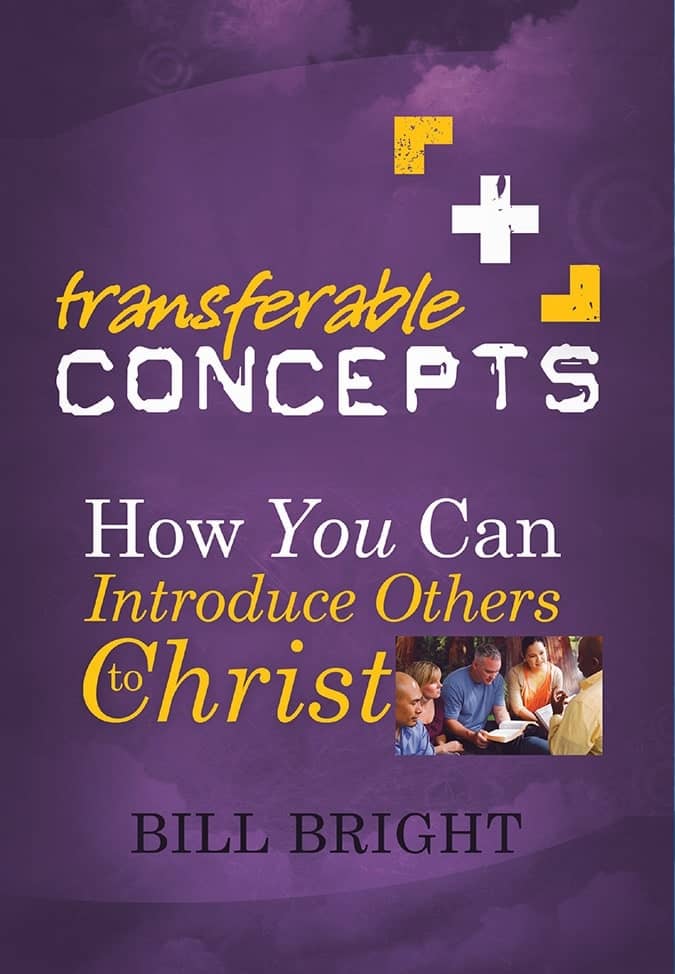Leading a Team of Learners

A Learning Team is Different
A learning team is needed when the objectives are so huge and the obstacles and environment so tough or competitive that it requires the emotional, intellectual and volitional contribution of everyone involved. We need everyone’s intellectual capital invested in the enterprise.
Traditionally, division of labor has been between the managers and the workers. It has been management’s job to think, plan, organize, control, etc., and it was the worker’s job to do the work. Workers were paid to “do” not to “think.” At the top of the organization was a leader whose job it was to think. A learning team is different.
A learning team is one that is committed to continuous improvement and continuous improvement requires a commitment to learning. Harvard’s David A. Garvin defines a learning organization as “an organization skilled at creating, acquiring and transferring knowledge, and at modifying its behavior to reflect new knowledge and insights” (Harvard Business Review, August, 1993).
Hindrances to Being a Learning Team
- We arrogantly think we already know it all. “Better a poor but wise youth than an old but foolish king who no longer knows how to take instruction” (Ecclesiastes 4:13).
- Over dependence on the team leader. Using the analogy from Flight of the Buffalo, the herd stands around until the head buffalo starts moving. Learning organizations are more like a flock of geese, where the roles of leadership (based on knowledge and competency) change frequently.
Because positional hierarchy is not stressed nor needed in a knowledge based learning organization does not mean that lines of influence and power are removed. Peter Drucker in Managing in a Time of Great Change writes “In a world without hierarchical reporting structures, information replaces authority. The ones with the best information will yield the most influence.” - Fear of failure. “Whoever watches the wind will not plant; whoever looks at the clouds will not reap.” Ecclesiastes 11:4. Learning teams learn to fail well because they aggressively learn from their failure. Our core value of “faith” includes a willingness to fail well.
It is God’s expectation that we learn from our mistakes. We are told not to be like the fool who repeats his folly (Proverbs 26:11). The Law held people accountable for failure to learn from mistakes (e.g. Exodus 21:28,29) and the nation of Israel was taken into captivity for failure to learn from God’s chastisement. - Unproductive success. Something goes well but no one knows why or how.
Building Blocks of Learning
David A. Garvin writes that learning organizations are skilled in five main activities: Systematic problem solving Experimentation with new approaches Learning from their own experience and past history Learning from the experiences and best practices of others Transferring knowledge quickly and efficiently throughout the organization.
What is Learning?
There are two types of learning in a learning team — active and reactive learning. The first is acquiring new information and skills that we previously did not have. The second is the process of learning from what we have experienced.
Acquiring new knowledge and skill is critical but not sufficient to become a learning team. Learning teams learn in light of making themselves better and more fit to accomplish the mission — not just becoming a storehouse of information. As with Bible study, conceptual learning is not enough. We learn only as we do...as we act upon what we have learned. The cycle is know, do, learn, change. Knowing about the mechanics of swimming is very different from learning how to swim.
Continuous Improvement and the Learning Cycle
All learning begins with assumptions we have regarding what is true, right and will work most effectively in a given situation. We then do what we think will work. Then we measure the results of our actions and compare the results to what we thought would happen. We now have learned something that we did not know before. We can then make revisions based on our current reality and we now have a new body of knowledge. The quicker we can go through this cycle and repeat it, the quicker we as an organization will learn and become more effective.
The breakdowns are obvious. Unless we act upon what we think will work, unless we have timely feedback mechanisms, unless we learn from our feedback and implement changes to be more effective, we will never become a learning organization. We are getting the results we are getting because we are doing what we are doing.
If we want different results, we need to do something different. Athletes, musicians and successful businesses practice this cycle continuously. Unless we are committed to ongoing improvement, there is no need to be a learning organization. We can just continue to do the things that we’ve always done. Everyone should master this learning cycle.
The Role of Relevant and Timely Feedback
Bank statements, traffic tickets and accidents give us feedback as to how we are doing and adjustments we could make to improve. To learn quickly we need to cut the lagtime between performance and feedback. Great communication is essential.
Do you have enough current information regarding what the staff and students are doing so that you can see trends and initiate changes? Or are your systems such, that by the time you get real, measured feedback on performance or emotional well-being, the semester is over there is nothing you can do?
Without rapid and unambiguous feedback staff are excluded from this learning cycle because they have no idea how to measure and learn from what they do. They don’t know what good performance looks like...only what good results look like and they often fail to see the correlation between the two. Do you have systems in place, like weekly staff reports or weekly appointments with your team, where you can get relevant information?
What Should We Be Learning?
- Personal competency and mastery. Do we as staff prize individual mastery of what we do? Are we experts in the basics of campus ministry? What have you mastered better than 99% of everyone else in the world? Are we increasingly acquiring competency in new skill sets that add value to Cru?
- Personal responsibility and commitment. In Flight of the Buffalo, the authors paint the scenario of a groundskeeper raking leaves with a rake with only five teeth, because that was the rake that was given him. What’s our dynamic equivalent? What ineffective thing are we using or doing because that’s what we’ve been handed? In a learning organization, those who do the work, take responsibility for the work. They think! They learn to do whatever it takes to become increasingly effective.
- Create constructs. Constructs are to the mind what file folders are to a computer system or filing cabinet. They are the mental space where we store and retrieve information. A construct attaches meaning to knowledge by giving it relevance and connection to everything else.
Without constructs, much of what comes across our mental desk ends up in the waste basket or the file labeled “To Think About Later.” A good example of a construct is our Campus Ministry Leadership Model. - Learn how you take in and process information. Is it through reading, through people, by thinking or doing?
- Learn how to think, how to solve problems and how to work smarter.
- Learn about leverage activities that produce the maximum return for the time, energy and money invested (Proverbs 27:23-27, Nehemiah 3:10,11,17,18). Not all knowledge, work or effort has equal value. Doing the right thing will be more powerful than doing things right. Look for the small rudders that turn large ships and the bridles that direct strong horses (James 3:3-5).
- Learn to discover and think in principles. A principle, like sowing and reaping, is a timeless, universal axiom with multiple fields of application. Learn to recognize and create systems and structures. Every organization and ministry has a structure.
Structures and systems serve the organization by aligning personnel and resources to focus on achieving the mission. It took Jethro to point out to Moses that his structural system (not his character or intention) was preventing the people Israel from making progress (Exodus 18:13-27). - Learn to distinguish program, tactical and strategy errors from systemic faults. Often, easing the symptoms of a problem may reduce the need to find more fundamental solutions.
- Understand compound interest. The “Rule of 72” is the law of compound interest and refers to how quickly invested money will double. If you divide 72 by the interest rate, your product will be the years it will take for your money to double. i.e. If you are getting a return of 10% on your investment, your money will double every 7.2 years.
What works for money also works for skills and competencies. Theoretically you could be twice as competent and effective ten years from now simply by committing yourself to becoming 7.2% more effective each year. - People skills. With every skill that is learned, with every competency that is mastered, there must be a reciprocal commitment to excellence in interpersonal relationships through humility and servanthood. Build alliances and interdependence through trust.
Don’t shoot yourself in the foot! Any knowledge, skill or contribution (value that you could add to Cru) can be stonewalled by those you work with simply because you can’t be trusted or are not respected. You need an alliance of relationships to implement and resource your ideas. Alliances are the social roads of intellectual and spiritual commerce.
How We Learn
- Curiosity. Be curious about life. “Curiosity is more important than knowledge” Albert Einstein. Learn wisdom from life (Proverbs 6:6-8), people (Proverbs 24:30-34), etc.
- Mistakes and Failures. Value mistakes as an essential part of the learning process. Mistakes tell you what doesn’t work. Robert Coleman says, “If we can learn from our mistakes then there is no limit to what we can learn.”
- Mentors. Learn to hang around people with greater abilities and aspirations than you presently possess (Proverb 13:20).
- Become a Mentor. The best way to really master something is to teach it to others.
Team Learning
Learning teams learn individual skills and then learn to play as a team. Each team, like individuals has the capacity to learn. Peter Senge writes, “A group of talented individual learners will not necessarily produce a learning team, any more than a group of talented athletes will produce a great sports team. Learning teams learn how to learn together.”
Team learning is contingent upon competency, trust and humility. Humility is needed because no person can think that he or she alone could accomplish this complex task. To be taken seriously, team members must be competent in what they contribute and must value what others contribute. Mutual trust is needed to allow individuals to fully take responsibility for what will be implemented. A team that cannot learn is doomed to failure.
We need to learn how to learn as a team so together we become smarter and wiser. Teams must learn how to tap the potential for many minds to be more intelligent than one mind.
Peter Senge writes, “Consensus often leads to an appallingly mediocre state of affairs in which the collective IQ of the group is likely to be lower than that of the individual with the lowest IQ in the group. That’s because conflicts tend to be resolved downward. If someone has an idea and anyone else objects, it is dropped. Therefore the only idea likely to be seriously considered are those acceptable to everyone, and these ideas are usually commonplace, unchallenging and in many cases widely accepted anyway.”
Dialogue and Discussion
Senge also points out the role of dialogue in team learning and continuous improvement. “In team learning, discussion is the necessary counterpart of dialogue. In a discussion, different views are presented and defended, and...this may provide a useful analysis of the whole situation. In dialogue, different views are presented as a means toward discovering a new view. In a discussion decisions are made. In a dialogue, complex issues are explored.”
Discussion may produce the best solution but dialogue produces the greatest understanding. It is impossible to have dialogue in a hierarchical organization.
The Role of Learning Team Leaders
The job of a team leader is to create local learning teams. Learning leaders learn fast and encourage others to learn quickly. As a leader of a learning team you must:
- Align to the vision. If staff and student leaders are aligned with the vision, they can be empowered to do great things.
- Create the environment for ownership where each person wants to be a self-directed learner who takes responsibility for his or her own growth. Create expectation and norms of learning and adding value to the ministry. Make them responsible for going from ignorance to competence. You do your team no favors by allowing them to flatline and stagnate.
- Instill confidence in those on the team that together they have the capacity to learn whatever it takes to achieve the results they desire. They need never to feel stuck.
- Commit your team to continuous improvement. Anything, no matter what, can be improved upon. Provide resources and develop people. · Set difficult and meaningful goals that force people out of their comfort zones and to learn new skills and knowledge.
- Create a safe environment where people can learn from errors. Failure is not fatal.
- Establish timely and accurate feedback mechanisms so your team can learn on their own.
- Create an “open system.” Make the same knowledge available to everyone. Everyone in the organization should have the same access to knowledge that will help the organization.














